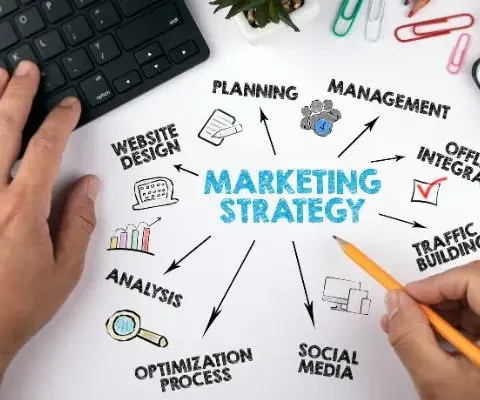On-page and off-page SEO to improve website rankings.
Introduction:
For any business with an online presence, appearing on the first page of search engine results is a key goal. Achieving that visibility requires a comprehensive SEO strategy that blends both on-page and off-page techniques. Together, they build a strong foundation that drives organic traffic, enhances website rankings, and boosts brand authority.
On-Page SEO: Optimize what’s in Your Control
On-page SEO refers to the elements on your website you can control and optimize. Think of it as setting up your virtual storefront to attract visitors. This starts with keyword research: identifying terms your target audience frequently searches for and strategically incorporating them into page titles, headers, and content. But don’t just stuff keywords—search engines value relevance and readability.
Other critical on-page elements include meta descriptions, internal linking, and image optimization. Meta descriptions should be concise and compelling to drive clicks from search results. Internal links help users navigate your site while enabling search engines to understand the relationship between pages. And by optimizing images (alt tags, captions, and file sizes), you improve load times and accessibility, two factors that impact rankings.
Off-Page SEO: Building Authority Beyond Your Site
Off-page SEO encompasses actions taken outside your website to boost its credibility and search engine ranking. Backlinks from reputable sites are the backbone of off-page SEO. Quality trumps quantity here; a few links from authoritative sources can significantly impact rankings more than dozens from lower-quality sites.
Engaging in social media sharing, influencer partnerships, and guest blogging also boosts your off-page SEO. These efforts increase brand exposure and drive traffic back to your site, signaling search engines that your content is valuable.
Balancing On-Page and Off-Page for Lasting Success
A well-rounded SEO approach involves optimizing your website while building connections across the web. By consistently improving both on-page and off-page SEO, you create a digital presence that ranks well and engages users effectively. Invest time and strategy in both aspects to see lasting results that build your brand’s online authority.













